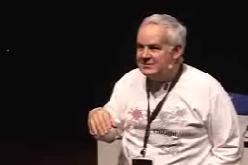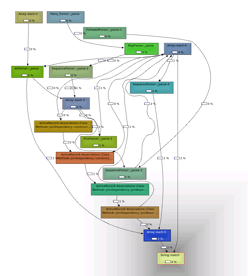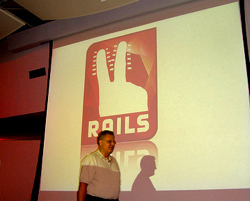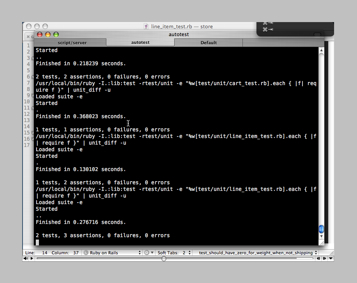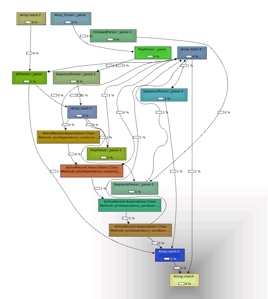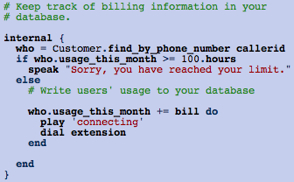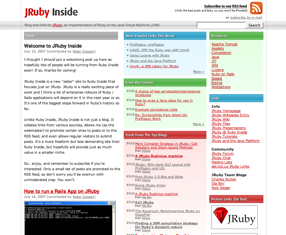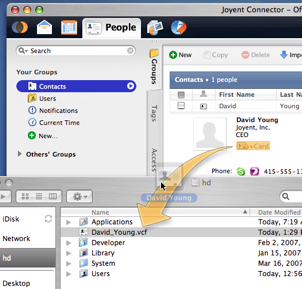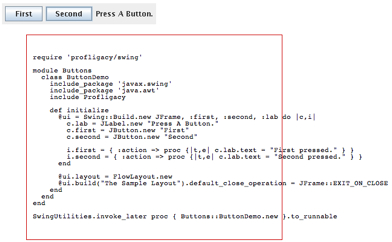
Calendar Date Select is a new(ish) “date and time picker”, developed by Tim Harper, designed primarily for developers to use in Rails applications. It uses the standard Prototype JavaScript library, and is easily installed as a Rails plugin:
script/plugin install http://calendardateselect.googlecode.com/svn/tags/calendar_date_select
Take a look at the collection of demos of the picker to see its full range. Read More


